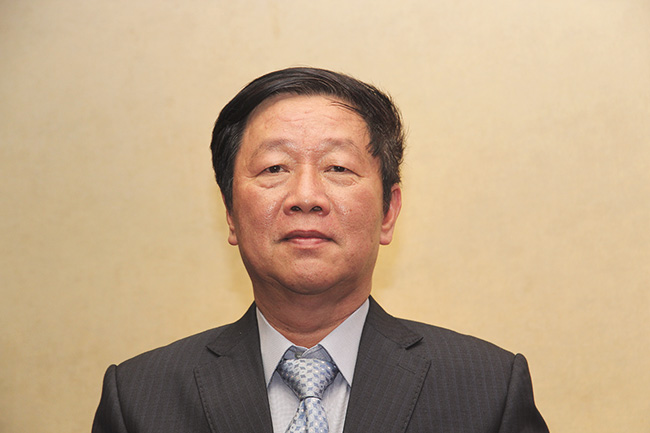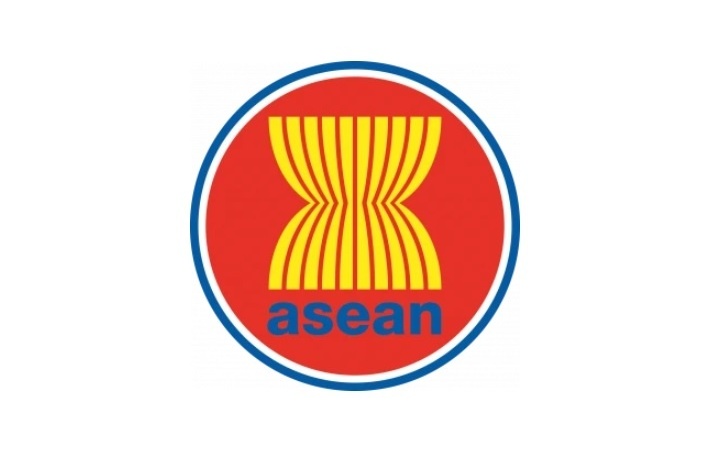Vietnam’s insurance market booming
 |
The Vietnam Insurance Supervisory Authority estimated that for the first half of this year, the total life insurance premium reached VND21 trillion ($959 million), up by 36.78 per cent on-year. Does this figure mean that the market is performing well?
The association has not reached the final figure yet. However, it is undeniable that the life insurance industry is performing very well at the moment.
To assess the performance of an enterprise in the sector, it is advisable to look at the new premium collection, since this revenue mirrors current and future potential growth. Total revenue is different as it includes past successes.
Specifically, you should look at the number of new contracts and the new premium collection. An increase in the number of new contracts implies that consumers like the new products. If the new premium increases while the number of contracts remain unchanged, it means the value of each contract is increased.
In recent years, the number of contracts has remained at 5.6 to 5.9 million. However, the total market revenue has improved considerably. For each contract, the previous value was only VND100 million ($4.57 million) to VND500 million ($22.83 million), now it can reach into the billions. That is the illustration of how the market is growing.
There has been a recent wave of mergers and acquisitions (M&As) across the industry. In particular, many new players, such as FWD Life or Chubb Life, recently made their entrance to the market through merging with or acquiring locally-operated firms. Many other foreign firms are interested in buying stakes in some smaller Vietnamese insurers. What are the factors driving this wave?
Vietnam has great potential and that is attracting foreign insurers to join the market. The government’s target of achieving $3,750 GDP per capita by 2020 would create an income level sufficient for the purchasing of insurance policies and even cars
Vietnam plans to have one million enterprises operating by 2020, and these firms’ owners have the potential to become policy holders. They can even buy life insurance for their employees since the sum will be seen as production costs.
Also, there are up to 5 million farm owners across the country whose income level is pretty high, they usually sign insurance contracts valued up to VND30 billion ($1.37 million).
Another factor is the profitability of investment in Vietnam. It is quite easy to gain profit from bank deposits, buying g-bonds, investing in the securities market or property. For example, the average interest rate of government bonds offered in the first half of this year was around 6.7 per cent, very profitable in comparison with depositing money in banking systems of countries like Japan.
How are firms competing in the market? Is there fierce competition in terms of premium?
It is impossible to compete by the premium level in Vietnam’s life insurance market. All products are subject to the close scrutiny of the Ministry of Finance before being launched and premium levels are set. There is no way to reduce the set premium to attract buyers.
Firms, in fact, compete in terms of service quality or provision of value-added packages. They may also increase the commission paid to agents, but only in the first year, since the sum can be considered an initial cost of product launching. Insurers can suggest that agents use part of the commission to do some after-sale services, which may further build the firm’s reputation.
Since the second year, all commission payments are regulated to be 5 per cent.
How do you access the potential of non-urban areas?
By the end of 2015, non-urban areas accounted for 58 per cent of insured people, while the figure for cities was only 42 per cent. As I mentioned before, farm owners are important potential customers for insurance providers.
The problem with these areas lies in the operation of local agents in the countryside. They do not see it as a full-time or professional job. Also, they find it unnecessary to expand the distribution network to other nearby villages or districts.
What the stars mean:
★ Poor ★ ★ Promising ★★★ Good ★★★★ Very good ★★★★★ Exceptional
Latest News
More News
- Over 6.2 billion USD needed for expanding North-South expressway (March 28, 2025 | 15:04)
- Vietnam-Canada Business Association expands operation (March 28, 2025 | 15:00)
- Beverage scene ripe for overseas chains (March 28, 2025 | 11:00)
- Cutting-edge tech reinforces F&B market potential (March 28, 2025 | 09:00)
- Food and beverage sector maintains stellar growth with dealmaking nous (March 28, 2025 | 08:03)
- Carbon labels: a gateway to high-value global markets (March 27, 2025 | 16:00)
- Looking to the UK for clean air legislation fit for Vietnam (March 27, 2025 | 15:00)
- 10 per cent tax rate proposed for all press agencies (March 27, 2025 | 14:46)
- Pharmacy chain players change tack (March 27, 2025 | 12:50)
- Healthcare gains in reach through suitable research (March 27, 2025 | 12:46)


















 Mobile Version
Mobile Version